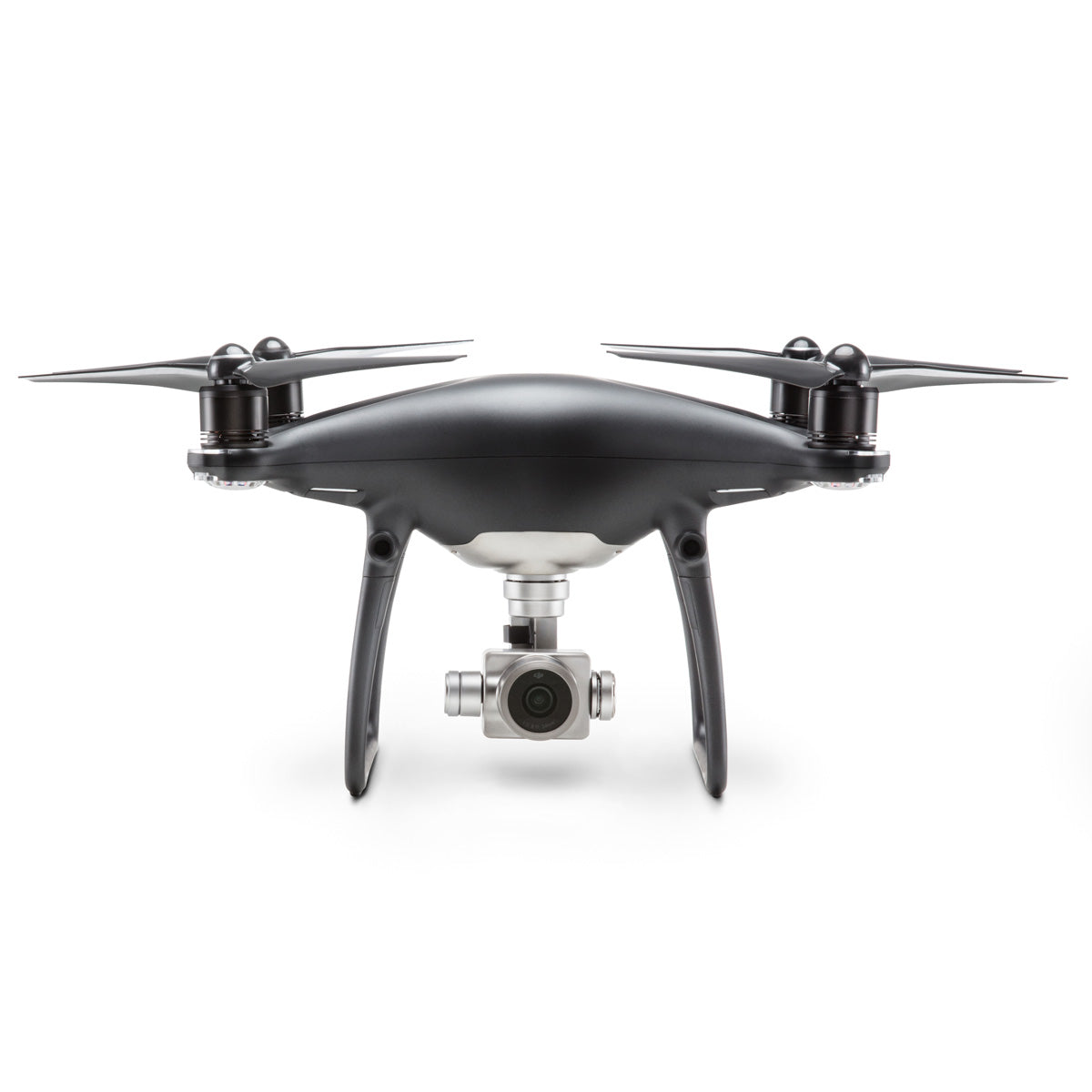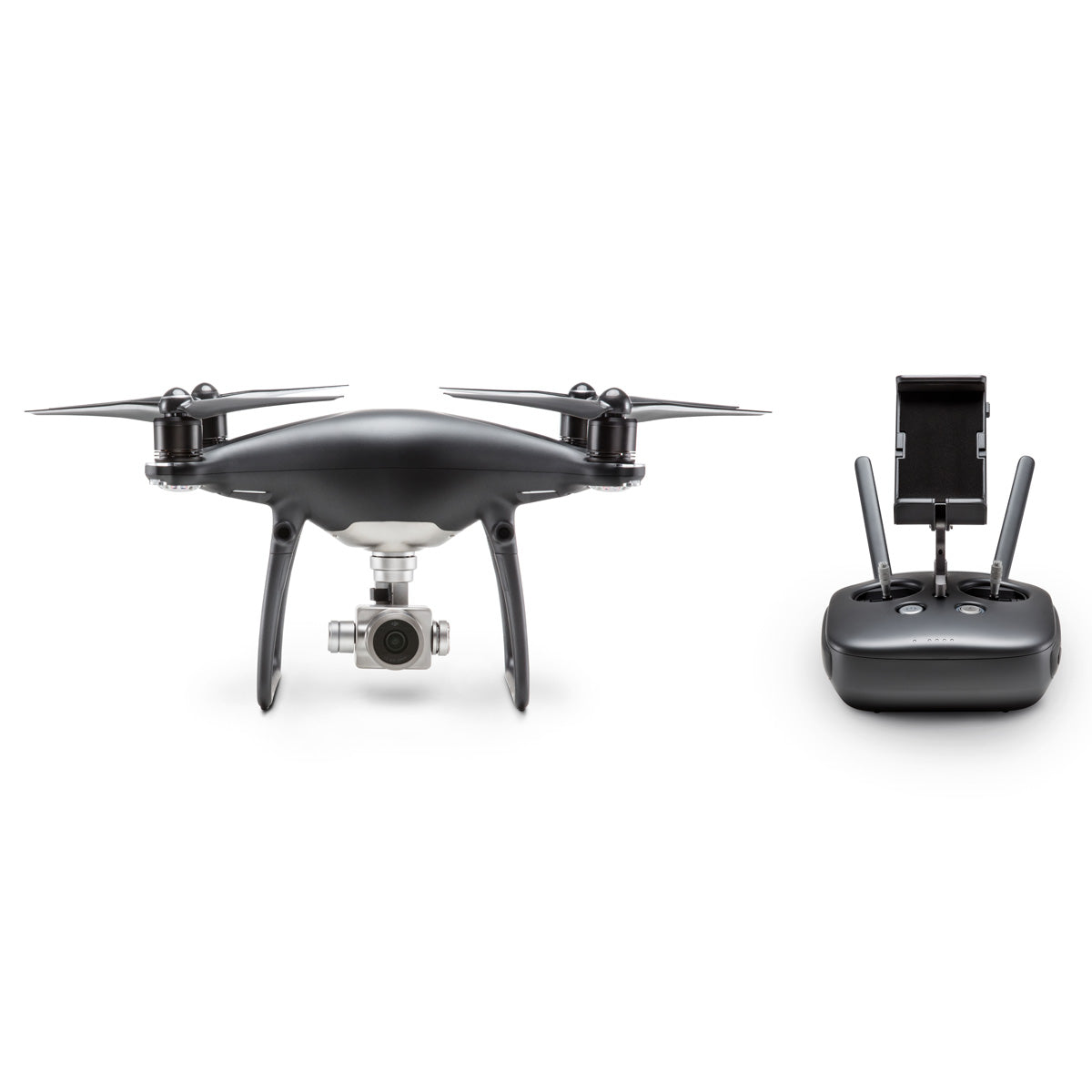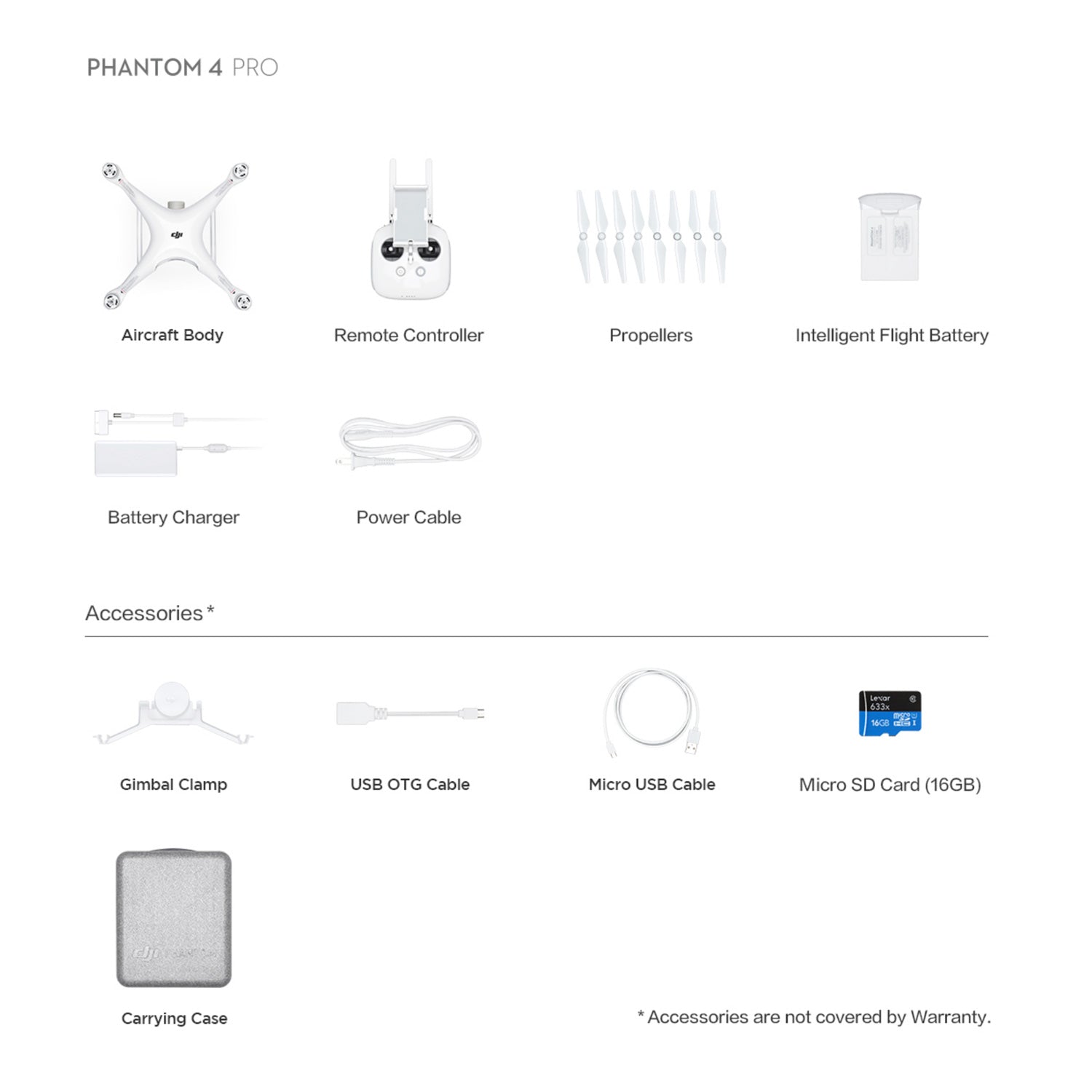Description
1" Sensor
Video ISO Range
4k Video
Max Flight Time
Top Speed
REGISTER YOUR DRONE! Safety Tips! No Fly Zones!
Camera with 1-inch 20 MP Sensor The onboard camera has been redesigned to use a 1-inch 20-megapixel CMOS sensor. A custom engineered lens made up of eight elements is
The onboard camera has been redesigned to use a 1-inch 20-megapixel CMOS sensor. A custom engineered lens made up of eight elements is
arranged in seven groups, it is the first DJI camera to use a mechanical shutter, eliminating rolling shutter distortion which can occur when taking
images of fast moving subjects or when flying at high speed. In effect, it is as powerful as many traditional ground cameras. More powerful
video processing supports H.264 4K videos at 60fps or H.265 4K at 30fps, both with a 100Mbps bitrate. Advanced sensors and processors
ensure everything is captured with more image detail and the image data needed for advanced post-production.
Capture Every Moment
Aerial imaging is not only used to capture landscapes; it brings new perspectives to everything from action scenes to motor racing. Capturing objects moving at high speed has always been a challenge for flying cameras using an electronic shutter. This is why the Phantom 4 Pro is the first DJI Phantom to use a mechanical shutter and a large-aperture prime lens. A mechanical shutter with a max speed of 1/2000s eliminates rolling shutter distortion which can occur when taking images of fast moving subjects or when flying at high speed. The electronic shutter has also been improved with a max shutter speed of 1/8000 seconds, and a new Burst Mode shoot capable of shooting 14 fps at 20 megapixels to catch the perfect moment.
5-direction Obstacle Sensing
FlightAutonomy is expanded with an additional set of high-resolution stereo vision sensors placed at the rear in addition to the pair placed at the front as well as infrared sensing systems placed on the left and right sides. This network creates a total of 5-direction of obstacle sensing and 4-direction of obstacle avoidance, protecting the Phantom 4 Pro from more obstacles and giving filmmakers the confidence to capture more complex images.
Intelligent Flight
Draw is a brand new technology for waypoint control. Simply draw a route on screen and the Phantom 4 Pro will move in that direction while keeping its altitude locked. This allows the pilot to focus on camera control and enables more complex shots.
Using the new Gesture Mode, selfies can be captured easily using a few gestures without the remote controller. Advanced computer vision technology allows the Phantom 4 Pro to take instructions through gestures. The subject simply lifts their arms when facing the camera and the aircraft will recognize this movement by locking on and placing the subject in the center of the frame. When ready for a photo, the subject holds their arms out to signal the aircraft. A three second countdown will begin, making time to strike a pose, allowing moments to be captured without the remote control.
Flight Performance
The Phantom 4 Pro features dual compass modules and dual IMU units, making it more reliable when compared to many hexacopters and octocopers. Compasses and IMUs are important sensors to ensure a stable flight and the Phantom 4 Pro constantly compares the data it receives through both pairs. This data is run through advanced algorithms to check accuracy and any inaccurate data is simply discarded without affecting flight, keeping flight steady and reliable.
Flight Modes
Different productions require different flight characteristics, and the Phantom 4 Pro offers three modes for flight: P, A and S. Switching between them allows pilots to get the control they need, whether they seek smoothness, simplicity, intelligent navigation or speed. In Position Mode, TapFly, ActiveTrack, obstacle sensing and positioning features are available. Sport Mode adds extra agility and higher speed, reaching 45mph (72kph). Atti Mode switches off satellite stabilization and holds the Phantom 4 Pro’s altitude. It is ideal for experienced pilots looking to capture smoother footage. Tripod Mode, which limits speed to 4mph (7kph) provides precision control for fine framing and indoor flying. Both the infrared sensing system and vision sensors are enabled in these modes for a safer flight experience.



